The topic of textured walls comes up time and again, and sometimes, homeowners aren’t even sure what they want to ask. This style of wall finish is seen in Texas homes in a BIG way, and yet it’s news to some that it’s not as popular in the rest of the country!!
Of course, you’ll see textured walls in other states…they’re just more common in Texas. Why? What’s the point of textured walls, anyway?
Minimalist interior design has promoted flat walls for years, along with its mono-color stretches of wall. Imagine an accent wall with its own texture, though…because, frankly, some of us REALLY need more texture in our lives!! (Texture is also one of the biggest trends in interior design in general right now.)
Most textured walls were originally chosen by builders because they’re the economical option. Texturing also helps hide architectural errors and flaws in the drywall…it’s also highly durable. If you do like the look of textured walls, is it OK for the builder to win and the homeowner to win, too? What if you want a specific type of textured wall, though? What’s really the difference between each kind?!
Here’s what you need to know to get started…
Types of Textured Walls
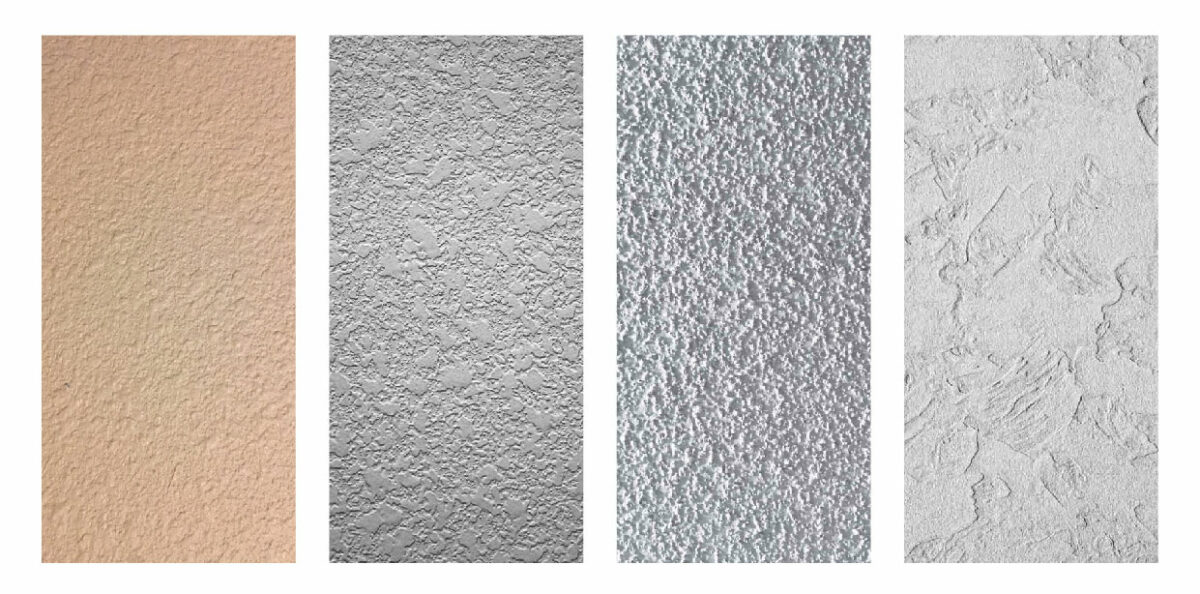
Textured walls are achieved in several ways, often involving paint or a drywall compound. Here are the most common types…
1. Orange peel — This wall texture looks a LOT like the skin of an orange. It’s subtle, but it still does a good job of hiding imperfections. Its subtlety helps orange peel mix in with most interior design styles…you could call it the timeless textured wall. This texture is achieved by spraying a thin mixture of drywall compound and water onto the wall.

2. Knockdown — This texture starts with an orange peel application and then “knocks down” the peaks with a trowel, creating a rustic-yet-elegant finish. It’s popular in Texas and the Southwest, as well as in Mediterranean-inspired designs…

3. Popcorn — Also known as “acoustic,” this texture is widely used to finish ceilings and walls. It’s easy to install and has great noise dampening qualities, but isn’t popular thanks to its dated, commercial look. This texture is applied using a spray-on technique with a thick drywall mixture…

4. Slap brush — Also known as “crow’s foot” or “panda paw,” this texture involves (literally) slapping a brush against the wall to create a distinctive pattern. It’s often used to hide imperfections and add an accent to spaces…you could call it the “accent wall texture,” because it works well for that!!

Texture alternatives: adding wall texture to paint
Textures can also be added directly into the paint or during the painting process for a similar effect…
- Sand texture paint — This requires mixing a sand-like additive into paint to create a gritty texture. It’s available in fine, medium, and coarse grain sizes, allowing for various levels of texture. (Hello, personalization!)
- Flat plaster paddle — Apply paint with a plaster paddle and you’ll get this look. It adds significant texture and visual interest to a wall. This creates a rough, uneven surface that adds depth to a space.


IMPORTANT NOTES HOMEOWNERS SHOULD KNOW:
- Textured walls made with drywall installation techniques are easier to install, but harder to repair and remove.
- Textured walls made with paint application techniques cost more to install, but can be removed much more easily than drywall-based wall textures.
Where to Use Textured Walls
Opt for textured walls or textured paint on any wall or ceiling, but first, think about the upkeep!! For example, a textured accent wall would be great in the living room…but if your space gets a lot of foot traffic, then be sure you select a texture that’s easy to clean.
READ: Spaces with the most foot traffic (like hallways, or any rooms where animals normally hang out) are usually spaces you should not apply textured walls to.
An in-home office, though…or the bedrooms…your options are endless if you select the right texture for the look and feel you want!! Just imagine what adding a little “visual interest” to your home office could do…
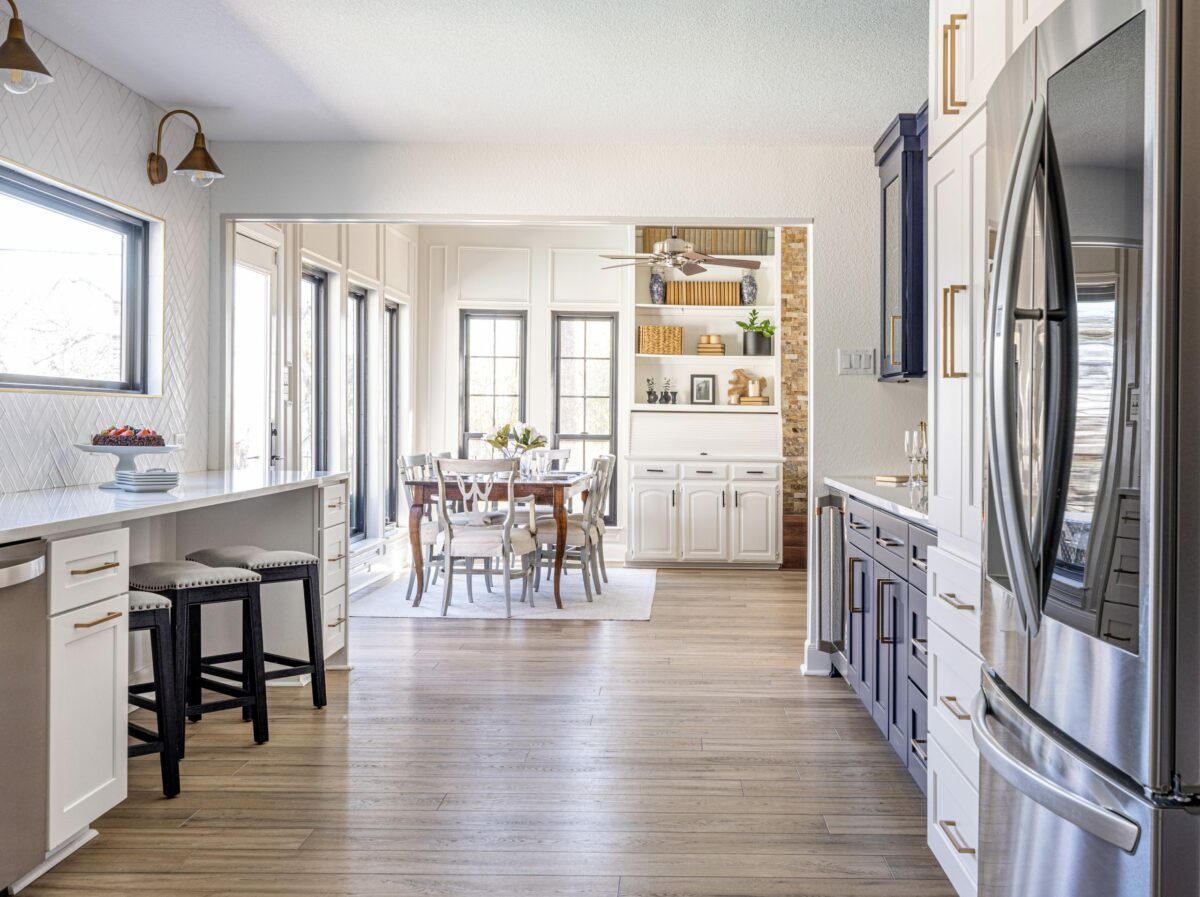
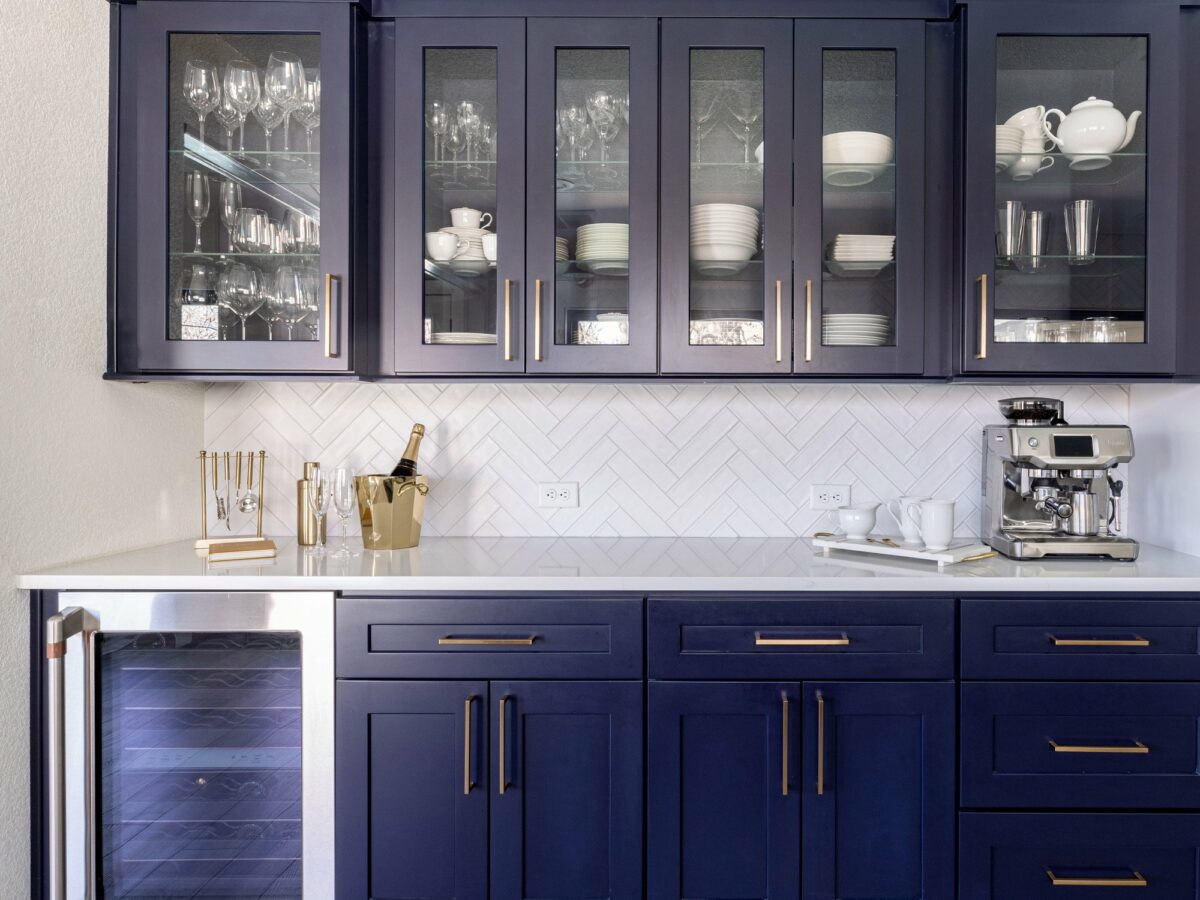
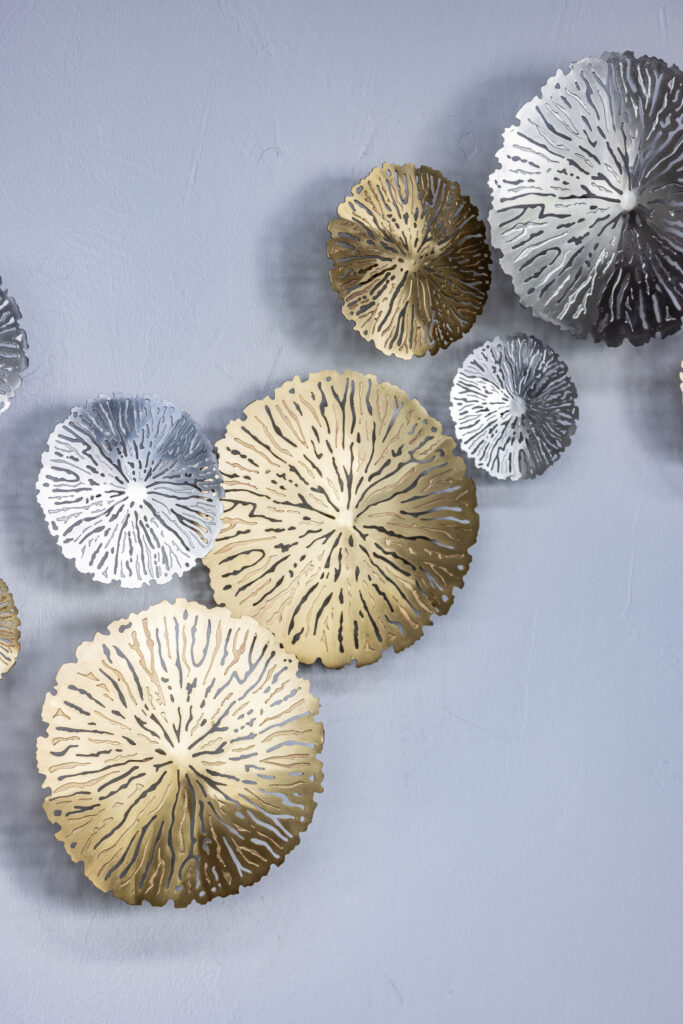






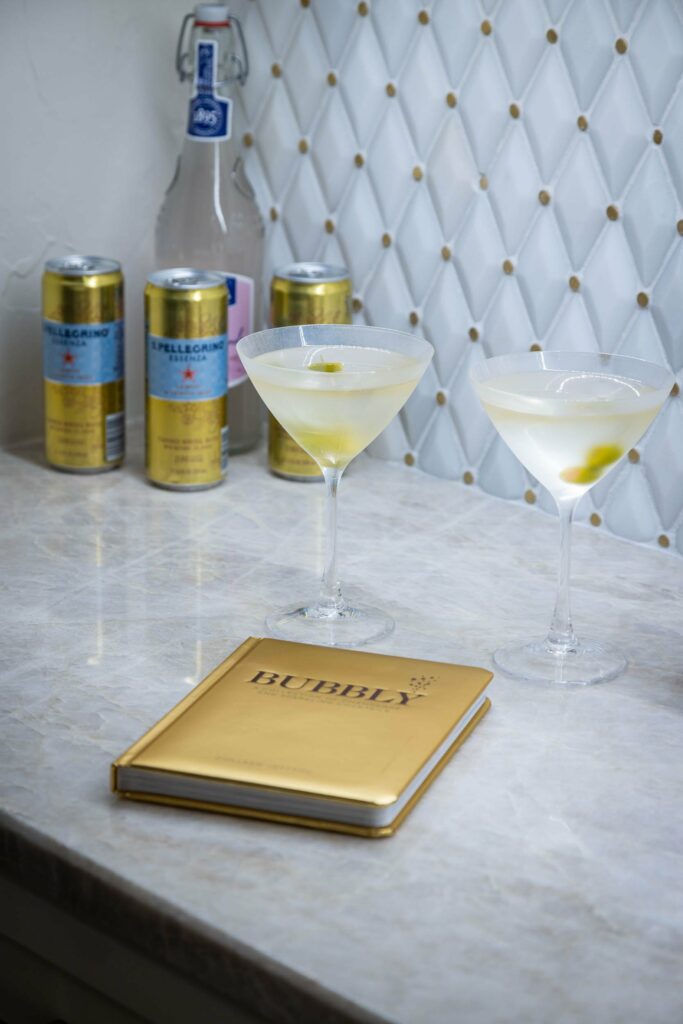
Maintaining Textured Walls vs. Smooth
Textured walls are more durable and don’t need to be refreshed often at all. They DO, however, require cleaning, and their repair is much more complicated than for a flat wall.
You should know, some textures are particularly good at catching dust…this means you’ll want to be prepared with paint-friendly cleaner and cloths!! The hardest textures to clean are:
- Popcorn texture — with its rough, bumpy surface, it catches dust and grime and is hard to pass a cloth over.
- Slap brush texture — this raised pattern catches dust and dirt in its grooves.
- Knockdown texture — this is easier to clean than popcorn since its edges aren’t as rough, but its bumps LOVE to trap grime.
- Sand texture paint — just like popcorn texture ceilings and walls, sand texture is bumpy and rough, making it extra hard to clean.
If or when you do decide to transition away from textured walls, here’s how to switch from textured to flat walls…
How to Repair Textured Walls
Repairing textured walls can be even trickier than cleaning them. A repair is more costly for a textured wall, and it means a possible incongruency to the original design. Here’s what can affect a contractor’s ability to match the texture perfectly:
- The same material isn’t available
- You don’t hire the same professional who installed the wall
- The professional doesn’t have the experience with that wall texture
Vet the contractor you use, choose the right firm the first time…and ensure that a little extra material is purchased when you do install textured walls so that you can use it when a repair comes up!!
So…why ARE textured walls more popular in Texas?!
Textured walls are notably more popular in Texas homes for several reasons.
- First, the rustic and Tuscan design styles prevalent in Texas naturally complement textured finishes. Together, the aesthetic is warm and inviting.
- Second, textured walls are so practical in new construction that the MAJOR development going on in Texas has made textured walls a popular choice!!
- Third, the climate in Texas (with extreme temps and high humidity) can cause imperfections in walls and ceilings over time…so, textured walls become helpful to conceal those in existing homes.
- Last, we have a regional preference for a casual yet elegant aesthetics, and that’s what y’all get with textured walls when used right.
Get more inspiration and insights!
Textured walls and paint offer a fantastic way to add dimension and interest to your home aesthetic. Play with different techniques and find the perfect texture to match your style. Whether you go for a subtle orange peel or a bold slap brush texture, the possibilities are endless!!
Have any pictures of textured walls in your home?! Share in our private design inspiration group on Facebook!

